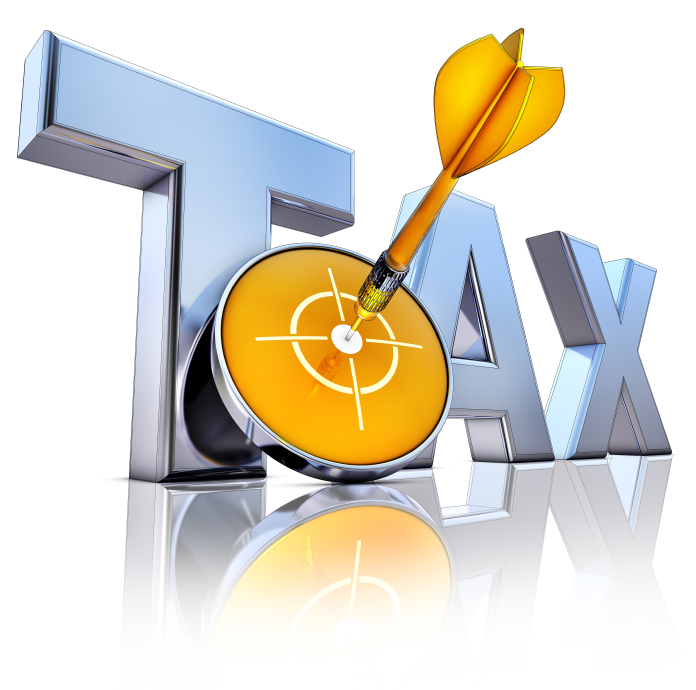
Well into the start of busy season, the IRS issued important guidance on some parts of the Affordable Care Act (ACA) and how small businesses can adopt the tangible property regulations (TPR). I’ve got a summary of the ACA updates (and beyond) in a short article in the 3/12/15 AICPA Tax Insider – An update on Affordable Care Act busy season developments.
Here is my summary of the TPR items as well as a recent news release by the California Franchise Tax Board on conformity with TPR.
Policy Item: Both the ACA items (particularly the relief from the $100/employee/day penalty for health reimbursement arrangements (HRAs) that violate ACA provisions), and the TPR relief for small businesses came after many diligent tax practitioners had already invested time with their clients and clients had invested money and may have changed business practices that may have been adverse to employees (to fix HRA problems). It would be nice to see some practice implemented such that IRS can get this filing season related guidance out well before the start of filing season. Perhaps there should be a meeting in October with IRS and key tax practitioner groups (AICPA, NAEA, etc.) to identify the filing season challenges and suggest solutions that the IRS could issue guidance on before December).
What do you think?
Here is my TPR summary: Hope it is helpful.
Adopting the Tangible Property Regulations in Light of IRS Simplified Procedure of Rev. Proc. 2015-20 + FTB Announcement on Conformity
On February 13, 2015, the IRS finally responded to requests of many practitioners to provide relief from filing Forms 3115 for all clients with depreciable assets, whether used for business or rental properties. Basically, this guidance – Rev. Proc. 2015-20, allows “a small business taxpayer, defined as a business with total assets of less than $10 million or average annual gross receipts of $10 million or less for the prior three taxable years” to adopt the tangible property regulations (TPR) on a cut-off basis. That means, no need for a Form 3115 or calculation of any §481(a) adjustment. With this approach, the small business just adopts the TPR for its tax year beginning on or after 1/1/14. The taxpayer continues to use its old method for repairs versus capitalization and supplies for prior tax years.
It is highly recommended that you read Rev. Proc. 2015-20. This will help in deciding whether to take this simplified method versus reviewing the clients tax records to determine where it has method changes and §481(a) adjustments. For example, you need to review the records to determine if in the past, something was expensed as a repair which the TPR would treat as an improvement. If that item would still be on the depreciation records if capitalized back in the year incurred, it generates a positive §481(a) adjustment. There may also be pre-2014 transactions where something was capitalized as an improvement when under the TPR, it is not an improvement so should have been expensed. If this asset is still being depreciated, a negative §481(a) adjustment is generated equal to the adjustment basis of the asset at 12/31/13 (assuming the taxpayer is using a calendar year as its tax year).
The nature of the possible adjustments to adopt the TPR for prior years are summarized in Rev. Proc. 2015-14, Section 10.11 on Tangible Property. This was formerly in Rev. Proc. 2014-16.
Also relevant are the regulations on dispositions of property that related to the TPR. These regulations and Rev. Proc. 2014-54 (now part of Rev. Proc. 2015-14) allowed a one-time retroactive adjustment via a negative Section 481(a) adjustment for 2014 (assuming a calendar year) (see Section 6 of Rev. Proc. 2015-14).
Some observations to consider when you read Rev. Proc. 2015-20 and decide whether to go the Form 3115/§481(a) route or the simplified approach for your small clients.

Additional Information
• Proc. 2015-20 includes a special rule in identifying taxpayers eligible for the $10 million measure of being “small.” Basically, if the taxpayer has separate and distinct trades or businesses, it does not aggregate their gross receipts to see if the $10 million threshold is crossed. See Section 4 of Rev. Proc. 2015-20.
• In Proc. 2015-20, the IRS requests comments on whether the $500 de minimis safe harbor election amount of Reg. 1.263(a)-1(f) should be increased.
• In February 2015, the IRS announced a new address for Form 3115 required to be mailed to Ogden.
• In March 2015, the IRS released FAQs on the TPR. The FAQ on Rev. Proc. 2015-20 suggests that taxpayers using the simplified procedure include a statement on the 2014 return that the taxpayer is a qualifying trade or business using the simplified procedure of Rev. Proc. 2015-20.
California and TPR and Method Changes
In its March 2015 newsletter, the Franchise Tax Board (FTB) explains how the federal TPR apply in California and the effect of a federal Form 3115. Quoting one key part of this news:
“Does California Follow the Repair Regulations?”
Yes, for taxable years starting on or after January 1, 2010, California conforms to the Internal Revenue Code as enacted on January 1, 2009. Any regulations for the Internal Revenue Code as in effect on January 1, 2009, are applicable as regulations of the FTB unless they conflict with a provision of the Revenue and Taxation Code or a regulation of the FTB. The FTB is currently not aware of any specific repair regulations which the FTB would not follow”
The FTB also states that any method change made for federal income tax purposes also changes the method for California purposes. FTB notes though, that if the §481(a) adjustment involves depreciation, the §481(a) amount for California corporations will be different.
Finally, the FTB states that it will follow Rev. Proc. 2015-20.
Original Post By: Annette Nellen




















Recent Comments